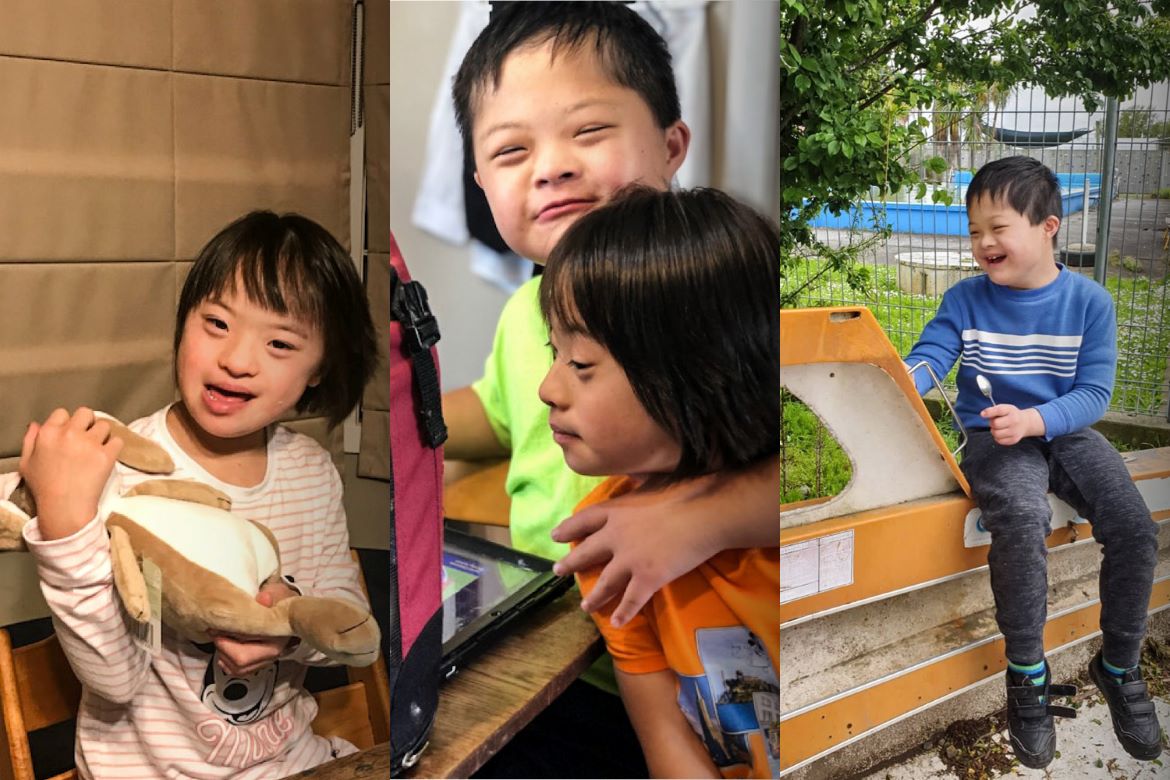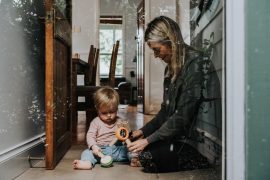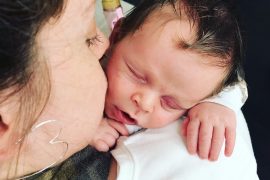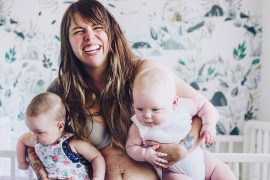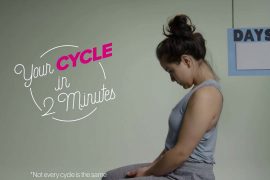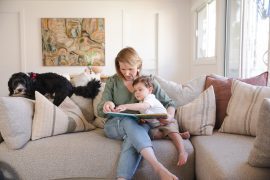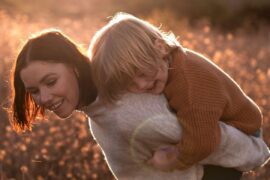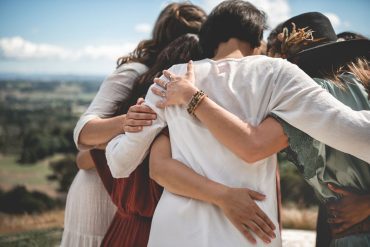By Gretchen Good
Leo and Tiffany work hard. Despite living with Down syndrome, vision impairment, hearing impairment, some orthopaedic issues and speech challenges, their parents expect them to go far in life. This brother and sister are getting life changing opportunities to continue developing their speech and communication skills through the UpsideDowns Education Trust.
We are a conspicuous family and we hardly ever mind it. There’s me and Dan, ‘older parents’ who immigrated here to New Zealand from the US years ago; Leo and Tiffany, ages 8 and 10, both Chinese, both who have Down syndrome, each with their own delightful idiosyncrasies; and Caz, our Disability Assist Wonder Dog.
We get a lot of questions about Caz, who is allowed to go wherever we go, including restaurants, airplanes and hospitals. We also get a lot of questions about adoption or immigration or school or our jobs, and as long as the questions are respectful, not too intrusive and the kids don’t mind stopping to meet and interact with people, we’re always happy to answer them.
Another thing that makes our family unique is that we all use a variety of strategies to communicate between ourselves and with others.
We don’t just stick to your standard variety speech-type of communication. We use New Zealand Sign Language (NZSL), a bit of Makaton (a language programme that uses signs and symbols to support spoken language), lots of gestures, communication devices and, of course, some verbal speech.
These alternative methods of communication are needed by our family because Leo and Tiffany both struggle with speech, which is a typical trait in those who live with Down syndrome. Speech can be difficult for children and adults with Down syndrome for a number of reasons, including low muscle tone, smaller than typical mouths, hearing loss and the tendency to have atypical speech patterns, as well as the inability of many nondisabled people to listen carefully to what is being said.
From the time our children were infants, we knew communication was going to be a priority for the success of their education.
The ability to communicate well with others will allow them a good quality of life and assist in their ongoing cognitive and social development.
We embarked on the mission to get our children the best possible services related to speech and communication. And it turned out to be a challenging one.
The only speech therapy they could access as babies was for feeding issues, and while early childhood services provided sporadic consultative services, nobody would provide one-on-one therapy for communication. So Dan and I attended every child communication course available and we learned Makaton and NZSL through night classes. We discovered plenty of people were happy to talk to us adults, but nobody would work with our children! The Ministry of Education have superb speech therapists, but they are not supported to work one-on-one with children. They have a mandate to provide a ‘consultative’ service, which means they teach parents, who in turn teach children. In theory this has some logic. But research shows that, in practice, consultation models work well only if in combination with direct services.

